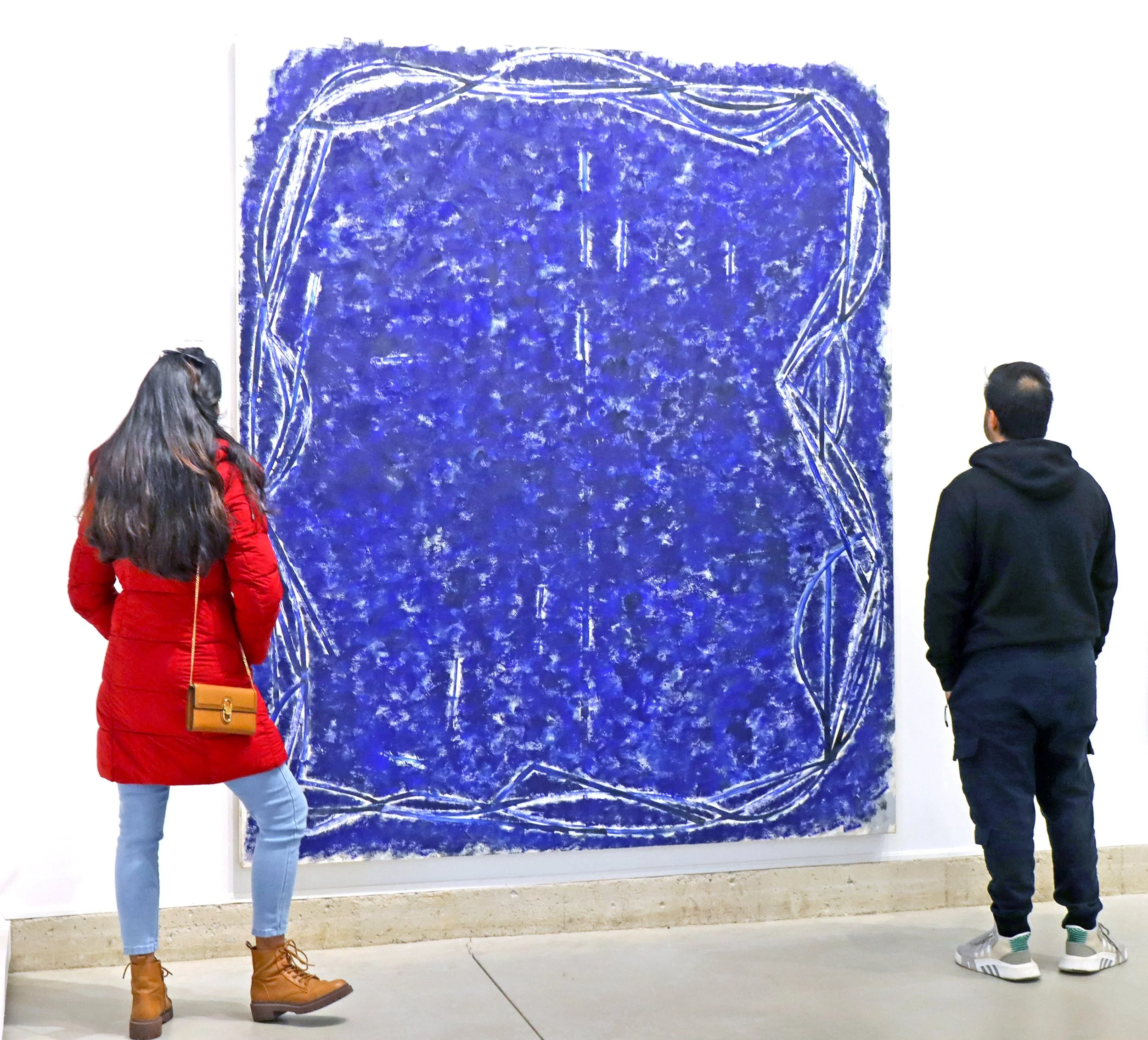Why Low Auction Prices Can Hurt Living Artists
For many new and seasoned collectors alike, auction results can look like an easy way to measure an artist’s value. A quick glance at a hammer price might seem like the best indicator of what a painting is “worth.” But the reality is much more complex — and for living artists, using auction results as a benchmark can often do more harm than good.
The Difference Between Retail and Auction Value
When an artist is actively producing work and represented by a gallery, the gallery’s retail prices are the true reflection of their market value. Galleries spend years carefully building an artist’s reputation: cultivating collectors, placing works in respected public and private collections, organizing exhibitions, and nurturing international visibility.
These retail sales, set within the context of the artist’s career, establish real market value. By contrast, auctions are secondary-market sales, where works may enter for reasons unrelated to the artist’s trajectory. A consignor might be eager to sell quickly, and an auction house may accept low estimates to guarantee a sale. That price has little to do with the artist’s ongoing career or what collectors are paying in the primary market.
How Auctions Can Break (and Sometimes Make) a Career
It’s true that auctions have the power to generate excitement — a bidding war can push values higher and attract headlines. But the opposite is just as common. When a work sells well below retail, that single public result can cast a shadow over the artist’s market, raising doubts about their value in the eyes of less-informed buyers.
And because auctions are highly visible, those few bidders in the room are given outsized power to define what an artist is perceived to be “worth.” That perception can damage the reputation that galleries, curators, and collectors have spent years working to build.
Why Low Auction Prices Undermine Living Artists
For living artists, the stakes are especially high. They are still working, producing, and actively selling through their galleries. When their work appears at auction below retail value, it sends a conflicting message: why should a collector pay gallery prices when auction results suggest otherwise?
This practice does a disservice not only to the artist but also to the broader collector community. If collectors consistently lean on depressed auction results to negotiate prices, it signals to the international art market a lack of support at home.
That perception makes it harder for the artist to gain recognition abroad — and, in the long run, diminishes the value of everyone’s collection.
The Role of Collectors in Building Value
Serious collectors know that their role extends beyond acquisition. By supporting artists at their true value, they strengthen the very market that protects their investment and ensures the artist’s long-term career. Choosing to buy through the primary market — and at fair value — means contributing to the artist’s legacy, their reputation, and their ability to continue producing work.
In other words: collectors are not just buyers, they are partners in building history.
Auction prices can be fascinating to watch, but they should never be mistaken for the sole measure of an artist’s worth — especially when that artist is alive, working, and represented by a gallery. Supporting artists at their proper value isn’t only about doing right by them; it’s also about protecting your collection, safeguarding the reputation of Canadian and international art, and ensuring that the cultural legacy you’re part of continues to grow.
So next time you’re tempted to compare a gallery price with a low auction hammer, remember: one builds careers, the other can break them.
At Armstrong Fine Art Consulting, we work with both the primary and secondary markets. While primary market pricing is generally firm, in the secondary market there is more room for flexibility. We understand that negotiation is a natural part of collecting in this context, and we are always open to considering thoughtful offers and extending fair discounts where appropriate.
That said, when offers fall into unrealistic territory — far below an artist’s established market value — we must respectfully decline. Accepting such prices would not only undervalue the artwork, but also do a disservice to the artist’s reputation and to the collectors who have supported their work at the proper level.
Our goal is to strike the right balance: to help collectors build meaningful collections while ensuring the integrity of both the artist’s market and the collector community is preserved.





